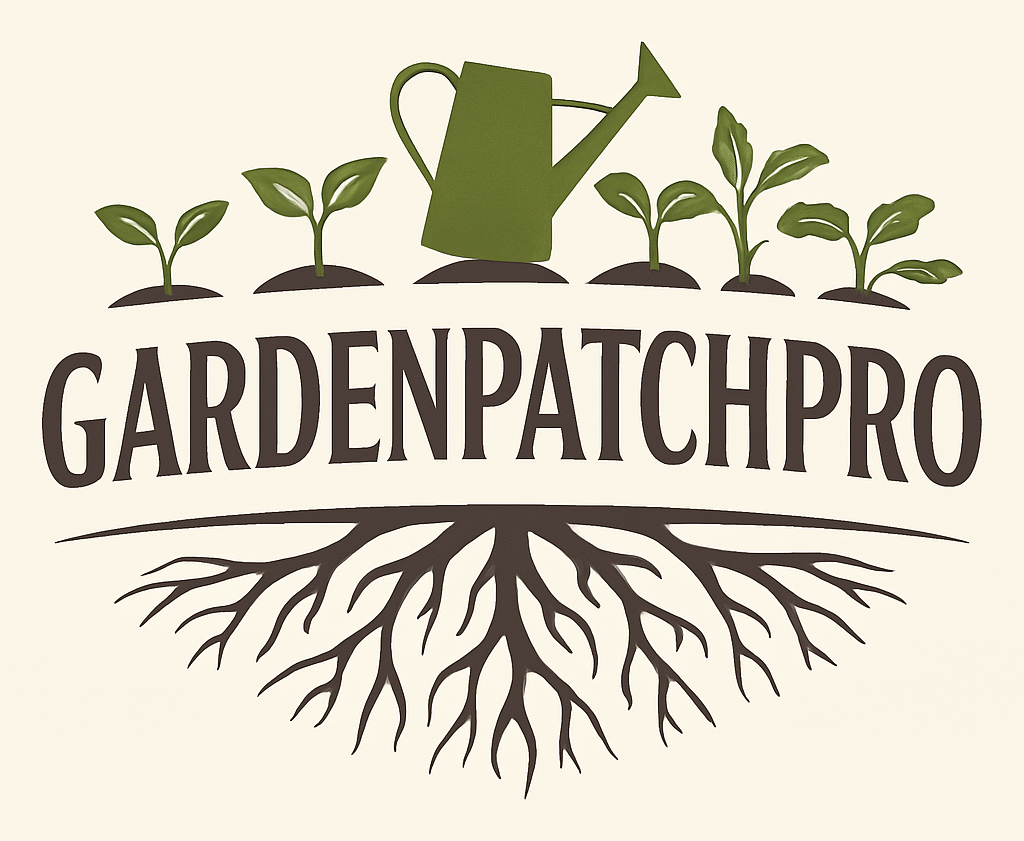16 Butterfly Gardens Perfect for Attracting Pollinators and Enhancing Your Landscape
Butterfly gardens are designed spaces that attract and support butterflies by providing food and shelter. These gardens can range from small urban setups to large natural areas, offering a peaceful place to enjoy nature.
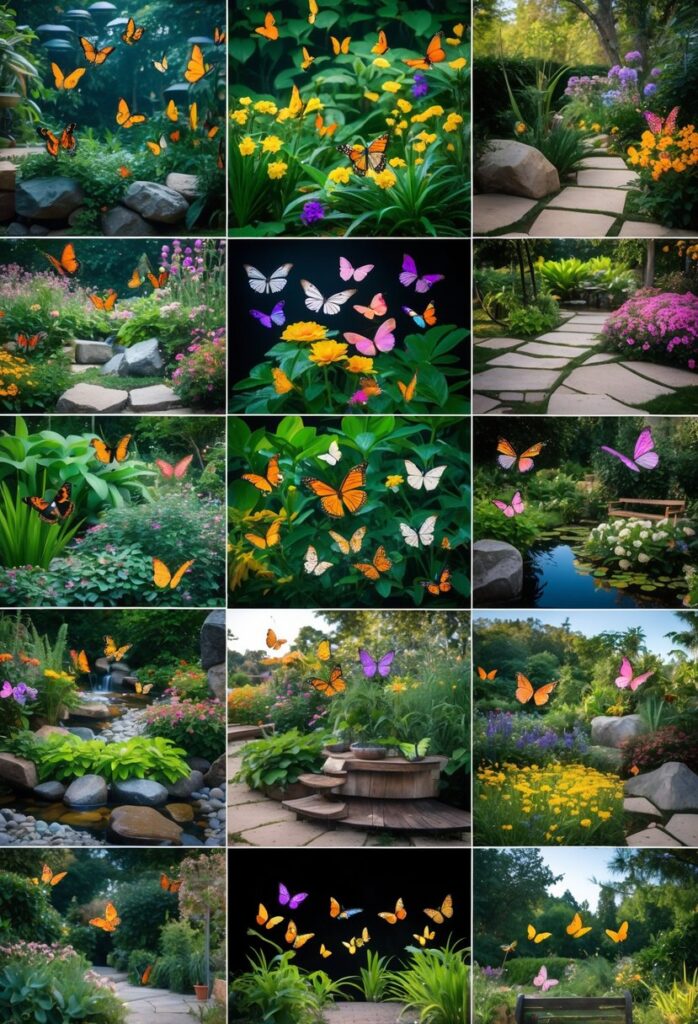
A well-planned butterfly garden helps sustain butterfly populations by providing the plants and environment they need to thrive. Many people create these gardens to bring color and life to their outdoor spaces while supporting local wildlife.
1) Butterfly Wonderland, Scottsdale, AZ
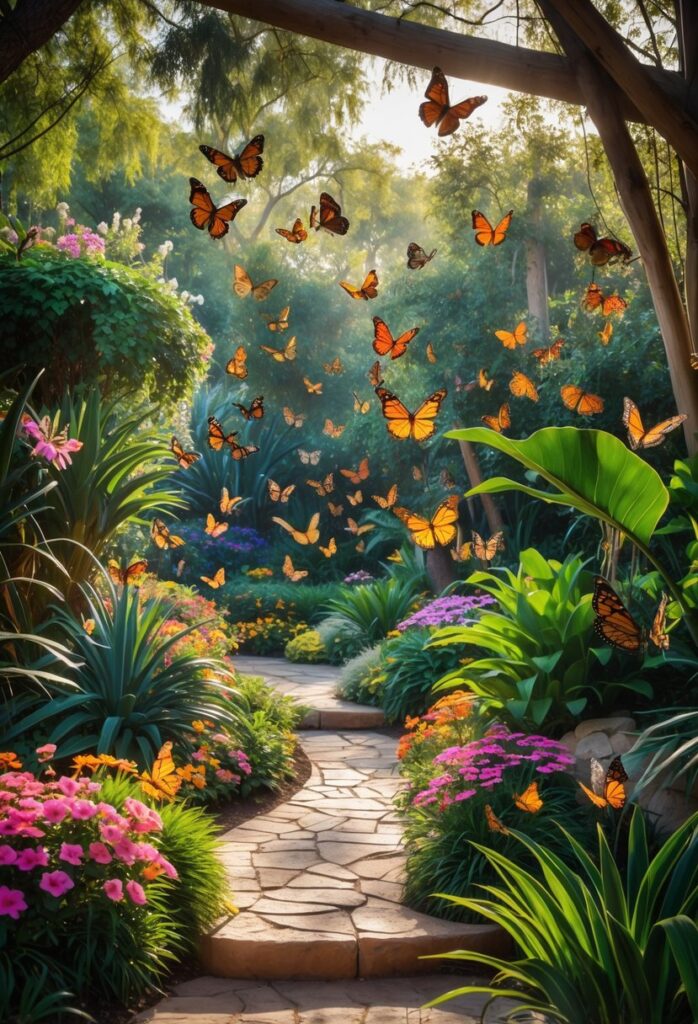
Butterfly Wonderland is located in Scottsdale, Arizona. It features the largest indoor butterfly conservatory in the United States. Thousands of butterflies from around the world fly freely inside a large glass rainforest habitat.
The conservatory offers more than butterflies. Visitors can see live exhibits of other rainforest animals and learn through interactive displays. The space is designed to create a peaceful, educational experience for all ages.
Butterfly Wonderland is part of the Arizona Boardwalk, a popular entertainment area with dining and shopping options nearby. It also hosts free events in its outdoor courtyard throughout the year. Parking is available for visitors at no cost.
This attraction is often recommended for families and nature lovers. It connects visitors to the natural world in a unique indoor setting. More information about Butterfly Wonderland can be found at Butterfly Wonderland, Scottsdale, AZ.
2) Cohn Family Butterfly Pavilion, Desert Botanical Garden, Phoenix, AZ
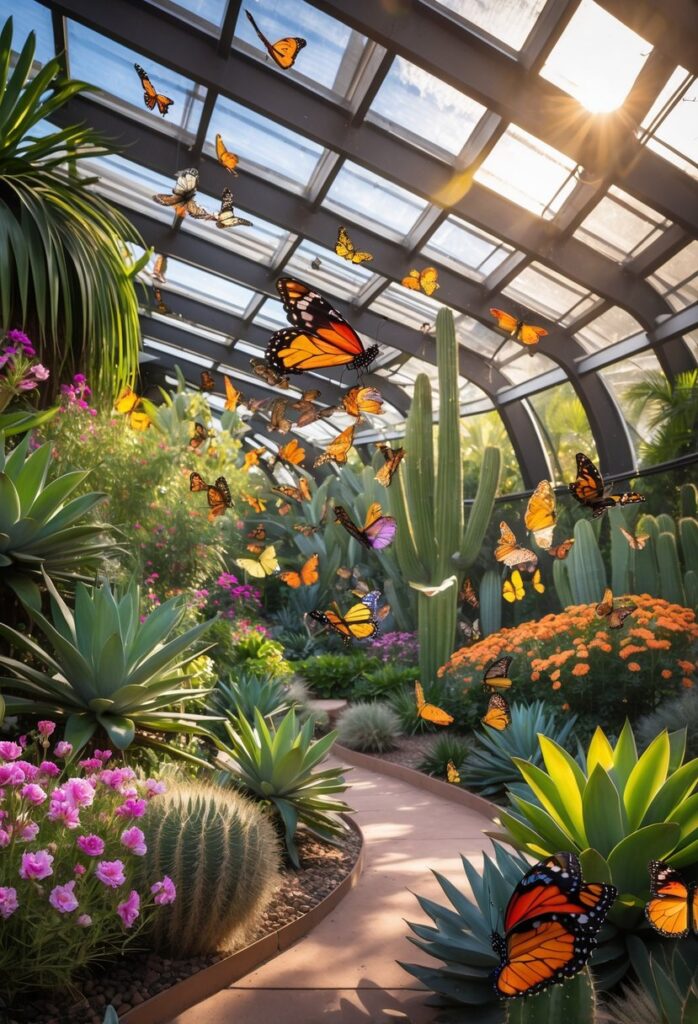
The Cohn Family Butterfly Pavilion is located at the Desert Botanical Garden in Phoenix. It covers 3,200 square feet and offers visitors a chance to see more than 2,000 native butterflies. These butterflies are adapted to the desert environment, making this pavilion unique.
Inside, visitors can observe colorful species like the Two-tailed Swallowtail, Arizona’s state butterfly. The garden includes lush plants and flowers that support the butterflies’ natural habits. It creates an inviting space for both butterflies and guests.
The pavilion also features educational programs about desert pollinators and their role in the ecosystem. Conservation efforts help protect these important species. The pavilion is open during regular garden hours, and admission includes access to this attraction.
The seasonal event “Majestic Mariposas” brings over 1,000 Southwestern butterflies, including monarchs. This adds to the experience, especially during the fall. It is popular among families, school groups, and nature lovers who want to learn more about desert wildlife.
Learn more about the Cohn Family Butterfly Pavilion at the Desert Botanical Garden website.
3) Butterfly Pavilion of Westminster, Colorado
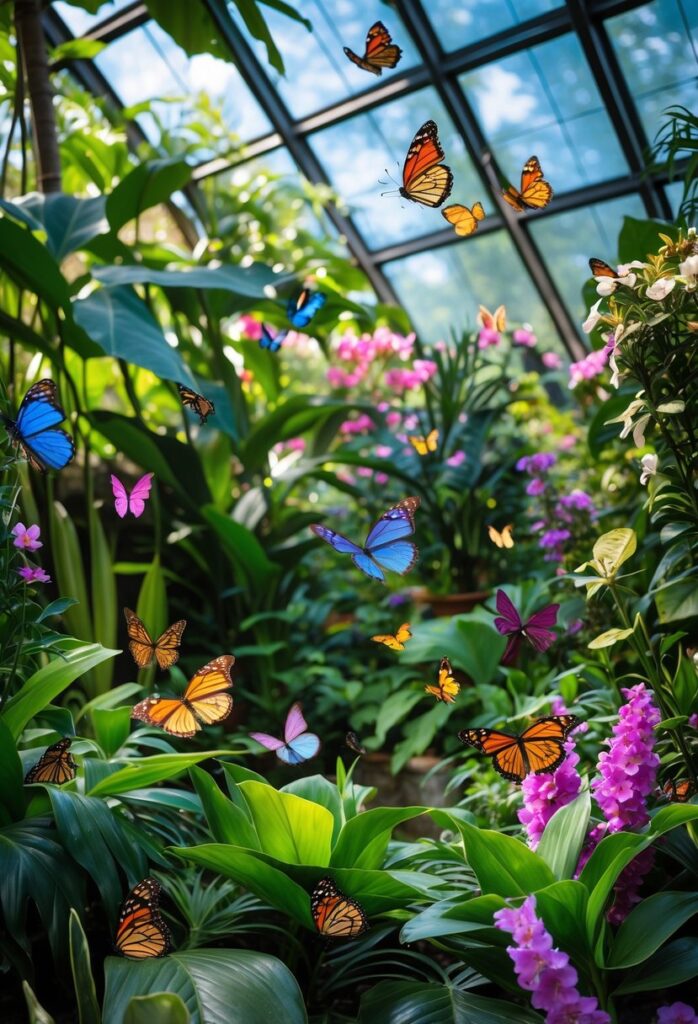
The Butterfly Pavilion in Westminster, Colorado, is a well-known non-profit insect zoo. It opened in 1995 and was the first stand-alone facility of its kind in the U.S. The pavilion covers 30,000 square feet on 11 acres of land.
Visitors can see more than 1,600 free-flying butterflies. It also features exhibits with various insects, spiders, and other invertebrates. The Wings of the Tropics rainforest exhibit houses thousands of tropical butterflies.
The outdoor gardens focus on native pollinators and provide habitats for local invertebrates. These areas are designed to be educational and relaxing for visitors year-round.
The pavilion offers interactive experiences and programs for all ages. It aims to teach people about the importance of butterflies and small creatures in nature.
More information about its exhibits and programs can be found at Butterfly Pavilion’s official site.
4) Callaway Gardens Butterfly Center, Georgia
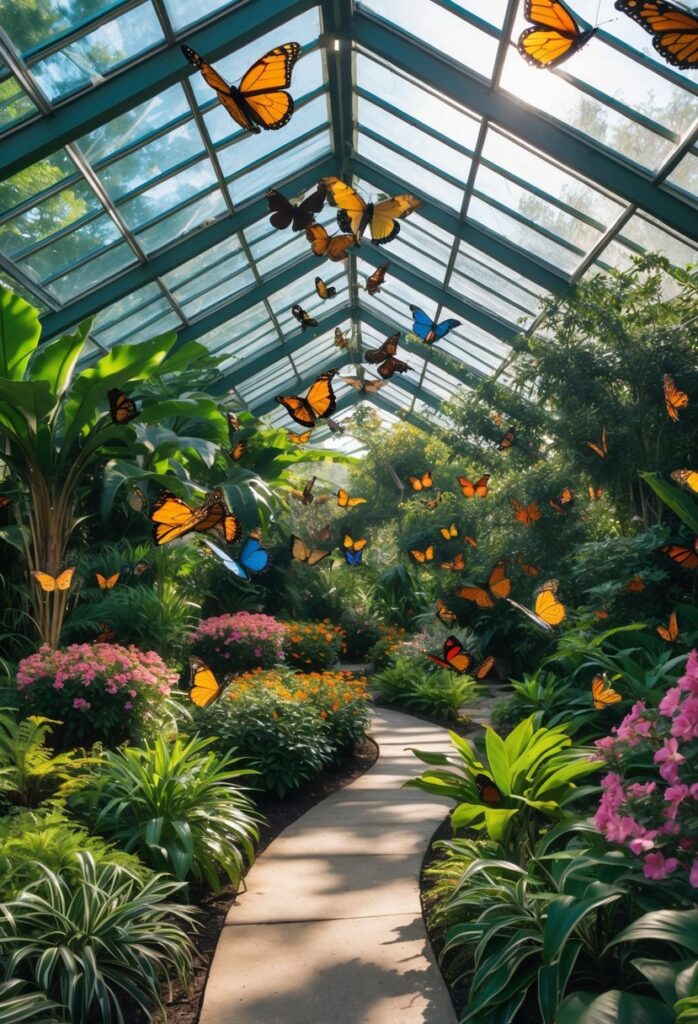
Callaway Gardens Butterfly Center is home to one of North America’s largest tropical butterfly conservatories. It features over 1,000 butterflies from more than 50 species. Visitors can see these colorful butterflies flying freely in a glass-enclosed, tropical environment.
The center also houses tropical plants and birds that share the space peacefully with the butterflies. The setting creates a natural and calm atmosphere for guests to enjoy.
Seasonal displays change regularly, offering new sights throughout the year. Families often visit for the chance to learn about butterflies and watch them up close.
The Butterfly Center is located in Pine Mountain, Georgia, within the larger Callaway Gardens resort. It is a popular spot for nature lovers and those interested in wildlife.
More information about this attraction can be found on the Callaway Gardens website.
5) Smithgall Woods State Park Butterfly Garden, Georgia
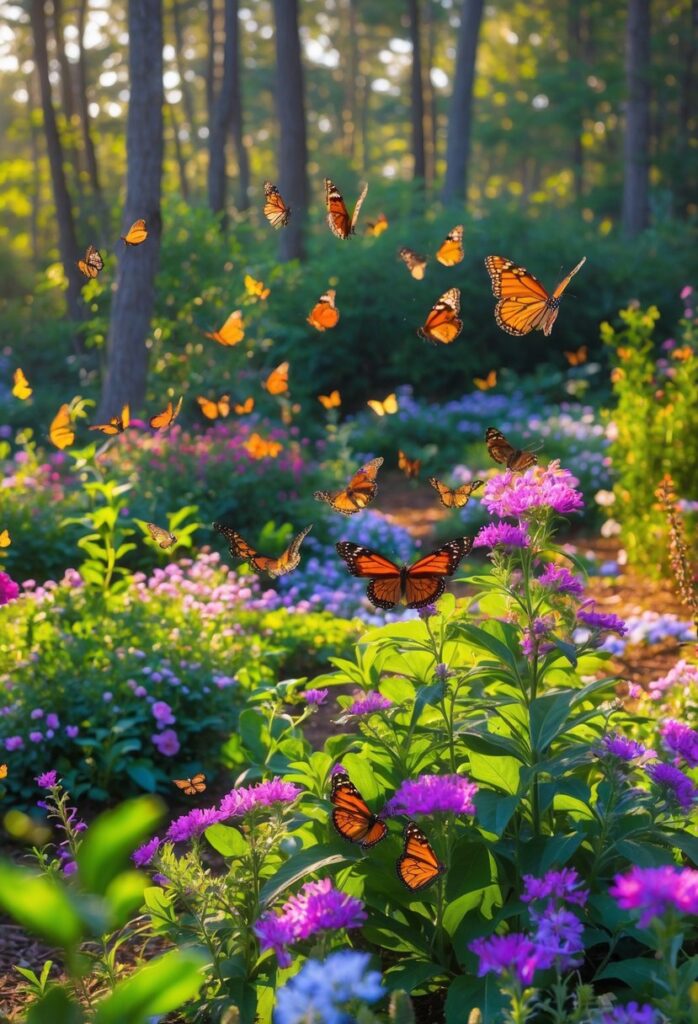
Smithgall Woods State Park in Georgia is known for its peaceful forests and clear streams. The park includes a butterfly garden that attracts many species during spring and early summer. Visitors can see a variety of butterflies feeding on native plants.
The garden is designed to support butterfly habitats by providing nectar-rich flowers and host plants for caterpillars. It helps protect local butterfly populations and offers a quiet place to observe them up close.
Smithgall Woods itself is mostly a nature preserve with hiking trails and natural beauty. The butterfly garden fits well with the park’s mission to preserve wildlife and provide a natural experience for guests. More details about this area can be found on the Georgia Department of Natural Resources website.
6) Marie Selby Botanical Gardens Butterfly Garden, Florida

The Marie Selby Botanical Gardens in Sarasota, Florida, offer a dedicated Butterfly Garden that features a variety of colorful butterflies. Visitors can see many different species in a natural setting filled with the flowers these butterflies favor.
The garden is part of a larger 15-acre botanical site known for its diverse plant collections. It includes areas focused on orchids, bromeliads, and native plants. The butterfly garden provides a peaceful spot to observe these insects up close.
Over 160 butterfly species breed in Florida, and the garden supports some of these with suitable habitats. People of all ages enjoy visiting the butterfly garden, especially families and photographers who want to capture vibrant butterfly activity.
The garden is located near the Richard and Ellen Sandor Museum of Botany and the Arts, adding to the educational experience. It combines the beauty of butterflies with botanical knowledge in one accessible place. More information about this garden can be found at the Marie Selby Botanical Gardens website.
7) San Francisco Conservatory of Flowers Butterfly Garden, California
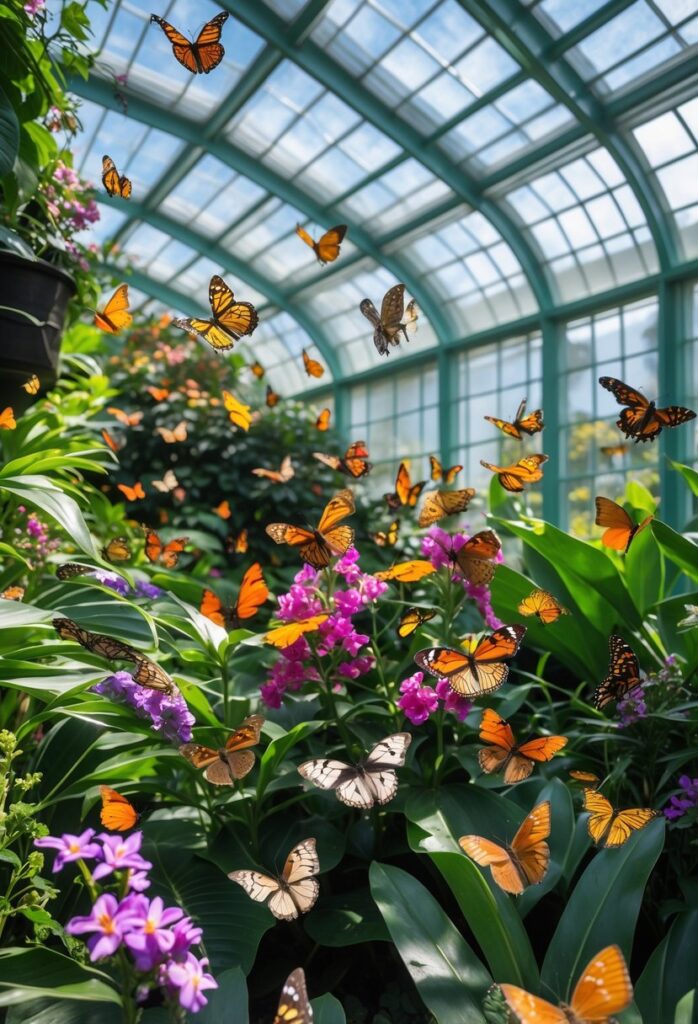
The San Francisco Conservatory of Flowers is a historic greenhouse in Golden Gate Park. It has a special area dedicated to butterflies, where visitors can see many species up close.
The butterfly garden allows people to watch butterflies as they fly and feed on flowers. It also provides a habitat for caterpillars and pupae, giving visitors a chance to learn about the butterfly life cycle.
This butterfly exhibit is part of the larger Conservatory, which houses rare and exotic plants from around the world. The building itself is one of the oldest in Golden Gate Park and is famous for its Victorian design.
Visitors enjoy the peaceful and colorful environment created by the plants and butterflies. Special events are sometimes held there, such as seasonal butterfly displays.
For more details on visiting hours and exhibits, the San Francisco Conservatory of Flowers official site is a helpful resource.
8) Houston Museum of Natural Science Butterfly Center, Texas
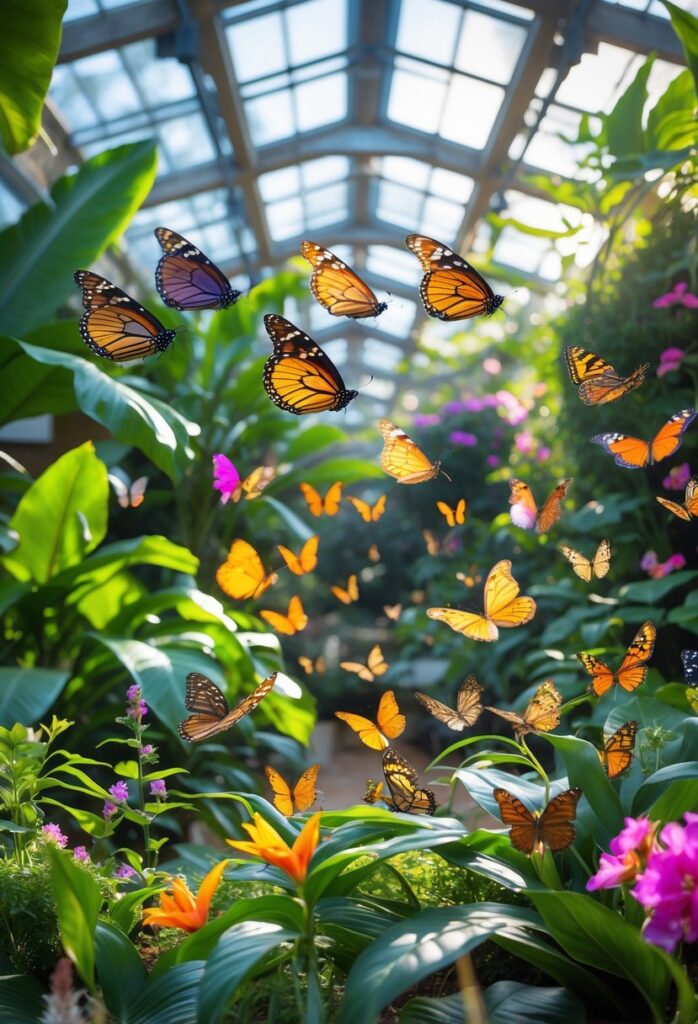
The Houston Museum of Natural Science Butterfly Center offers a three-story glass enclosure that recreates a tropical rainforest. Inside, visitors can walk through a living habitat filled with thousands of butterflies from various regions. The space includes plants that support the butterflies’ life cycle and create a natural environment.
A 50-foot waterfall adds to the rainforest feel. Alongside live butterflies, the center displays a variety of arthropods, giving visitors a chance to learn about other insects and related creatures. Interactive games and educational displays help visitors engage with the exhibits.
The center is part of the larger Houston Museum of Natural Science, located at Hermann Park. It often hosts special programs and events about butterflies and insects throughout the year. The Cockrell Butterfly Center is well regarded for its immersive experience and offers an educational visit for all ages.
More details about the exhibits and tickets can be found at the Cockrell Butterfly Center.
9) The Butterfly Conservatory at Niagara Parks, Ontario, Canada
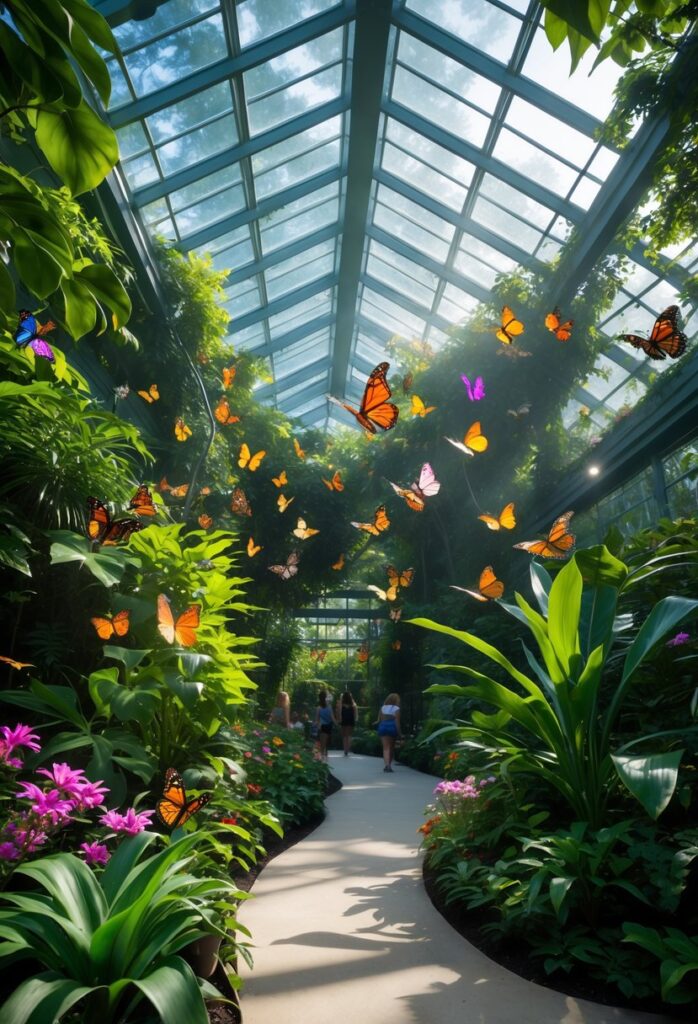
The Butterfly Conservatory at Niagara Parks is home to over 2,000 butterflies from more than 45 species. The butterflies fly freely among winding paths that weave through a tropical rainforest environment.
Visitors can enjoy colorful blooms, a pond, and a waterfall inside the conservatory. There is also an Emergence window where guests can watch newly hatched butterflies being released.
The conservatory is fully accessible and located a few kilometers from Niagara Falls, near the route to Niagara-on-the-Lake. Guests typically spend about an hour exploring the space.
This attraction combines natural beauty with education and offers a peaceful experience away from the busy tourist spots. More information is available at the Niagara Parks Butterfly Conservatory page.
10) Strawberry Crest Butterfly Garden, Florida
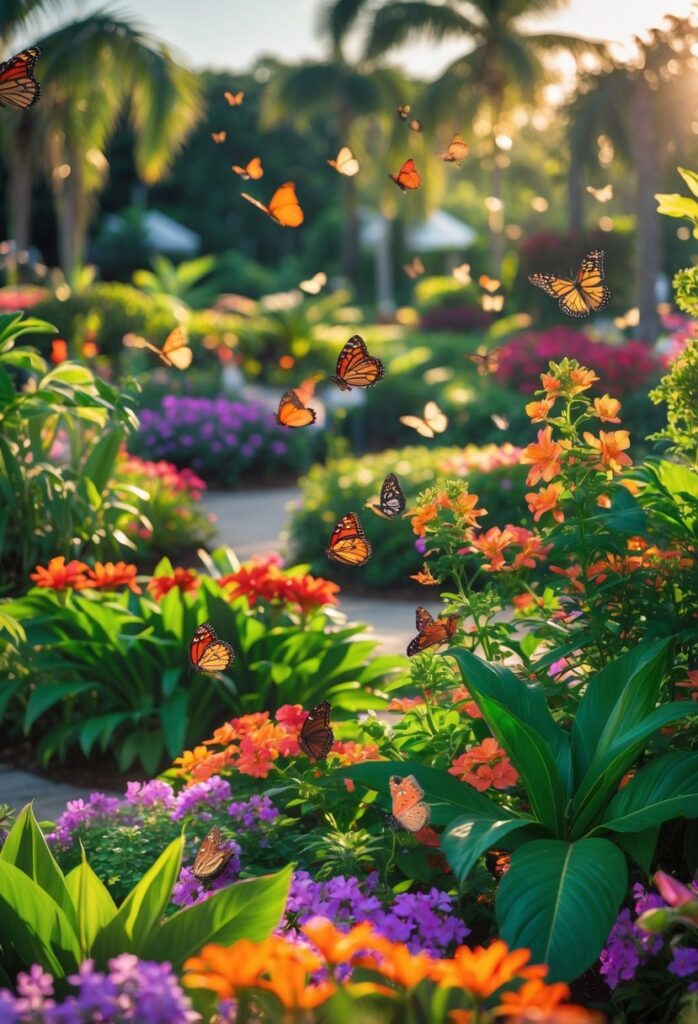
Strawberry Crest Butterfly Garden is located in Florida and offers a peaceful space filled with native plants. The garden is designed to attract butterflies by providing nectar sources and shelter needed for their life cycle.
It features a variety of flowers and shrubs that support both local and migrating butterfly species. The garden also focuses on educating visitors about butterfly conservation and the importance of pollinators.
Careful planning ensures the plants are suitable for Florida’s climate, which helps butterflies thrive year-round. Visitors can walk through well-maintained paths while spotting colorful butterflies in different stages of development.
The garden often serves as a small outdoor classroom for schools and nature groups. It highlights the role of pollinators in the environment and encourages people to create similar habitats in their own yards.
For more information on butterfly gardening in Florida, see resources like the Florida Butterfly Garden Guide.
11) Insectarium Butterfly Pavilion, New Orleans, Louisiana
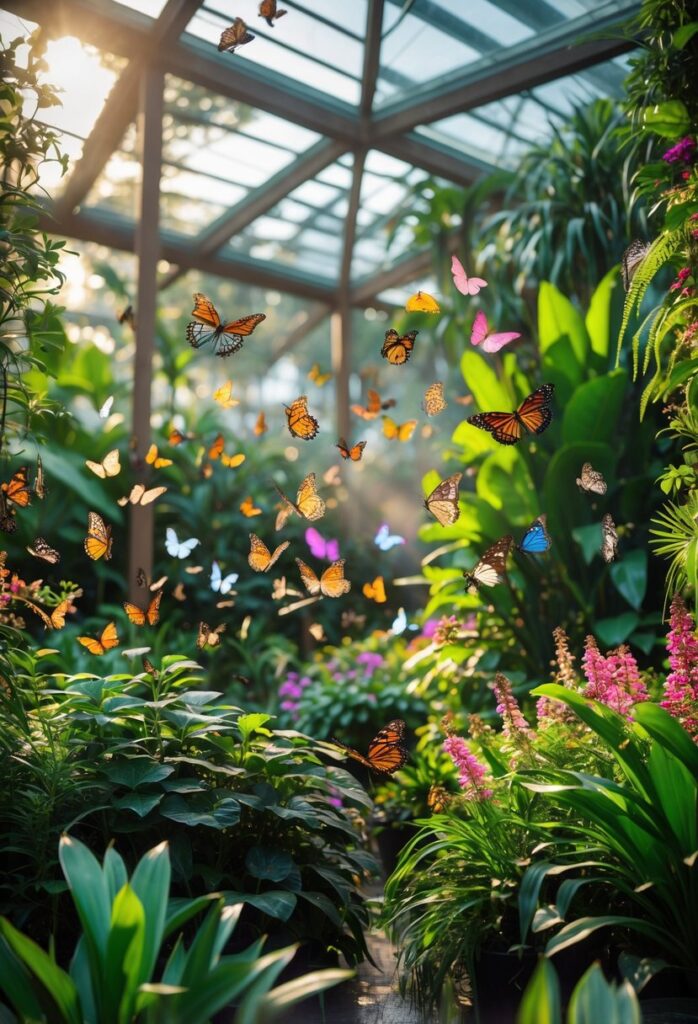
The Insectarium Butterfly Pavilion is part of the Audubon Butterfly Garden and Insectarium in New Orleans. It features hundreds of butterflies flying freely in a garden filled with flowers. Visitors can see species from rainforests around the world.
The pavilion offers a calm, colorful space with a view of the Mississippi River. It is designed to let visitors learn about butterfly life up close. The larger Insectarium nearby includes many live insects and interactive exhibits about bugs.
This butterfly pavilion is a popular spot for families and nature lovers. It shows the beauty and variety of butterflies in a natural setting. The Audubon Nature Institute manages this attraction, making it one of New Orleans’s unique outdoor spaces.
Tickets to the pavilion are often included in tourist passes, helping visitors save on admission. It is part of a larger experience that highlights insects and other small creatures. More details can be found at Audubon’s official website.
12) The Butterfly House at Faust Park, Missouri
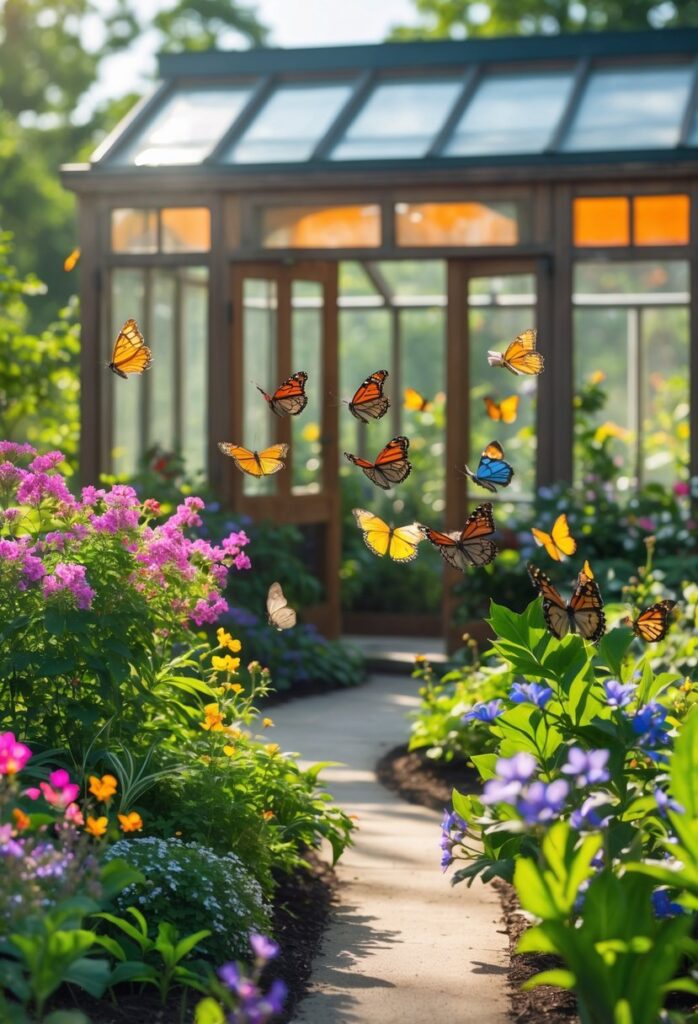
The Butterfly House at Faust Park is a butterfly zoo run by the Missouri Botanical Garden. It is located in Chesterfield, Missouri, inside Faust Park. Visitors can see over 1,500 free-flying butterflies in two different habitats—one tropical and one native.
The facility features lush greenery and butterfly-friendly plants that help support pollinators. Outside, there is a Native Butterfly Garden with plants chosen to attract and sustain local butterflies. The house also includes displays of other insects like beetles and tarantulas in the main lobby.
Admission costs $8 for adults, with free entry for members and children under 13. Parking at the Butterfly House is free. It offers a hands-on experience for those interested in learning about butterflies and their environment. More details are available on the Missouri Botanical Garden Butterfly House page.
13) Montgomery Botanical Center Butterfly Garden, Florida
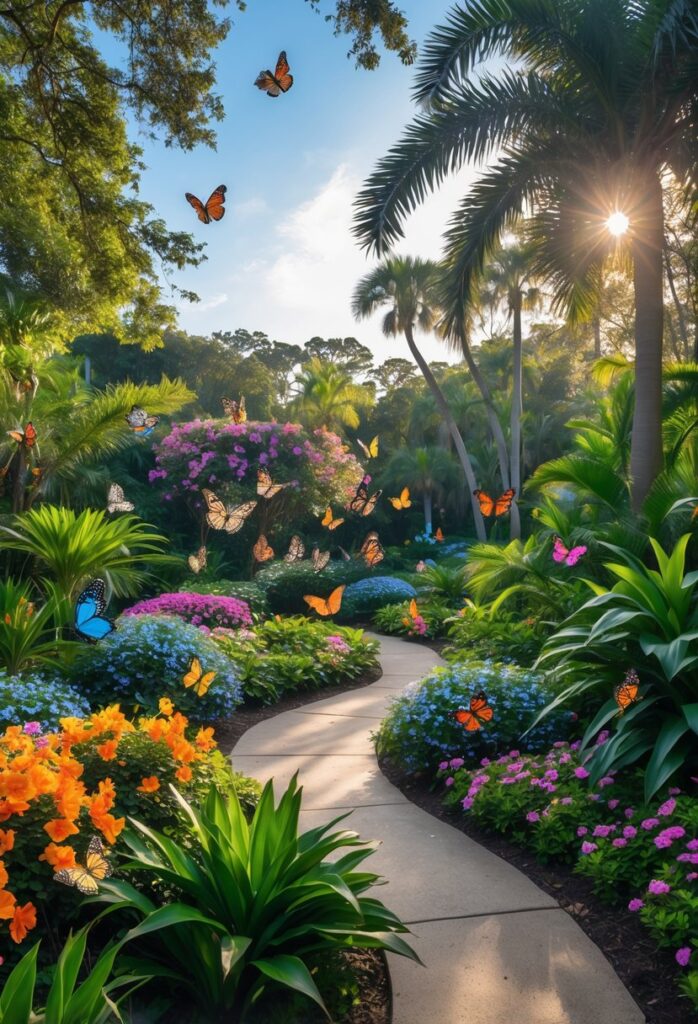
The Montgomery Botanical Center in Coral Gables, Florida, features a well-maintained butterfly garden. It is part of a larger 120-acre estate dedicated to palm and cycad collections. This garden offers visitors a chance to see butterflies in a natural habitat surrounded by unique plants.
Butterflies use specific host plants in the garden to lay their eggs. These plants also feed the caterpillars when they hatch. The garden supports the full life cycle of butterflies, providing an educational and peaceful experience.
Visitors are encouraged to wear comfortable shoes, hats, and sunglasses while exploring the grounds. Tours typically last between 30 minutes and one hour. The garden is a quiet retreat with diverse tropical plant species.
Montgomery Botanical Center is best known for its dedication to plant conservation and scientific study. Its butterfly garden adds to the educational value by showcasing how plants and butterflies rely on each other. More information can be found at Montgomery Botanical Center’s website.
14) Powell Gardens Butterfly Garden, Missouri
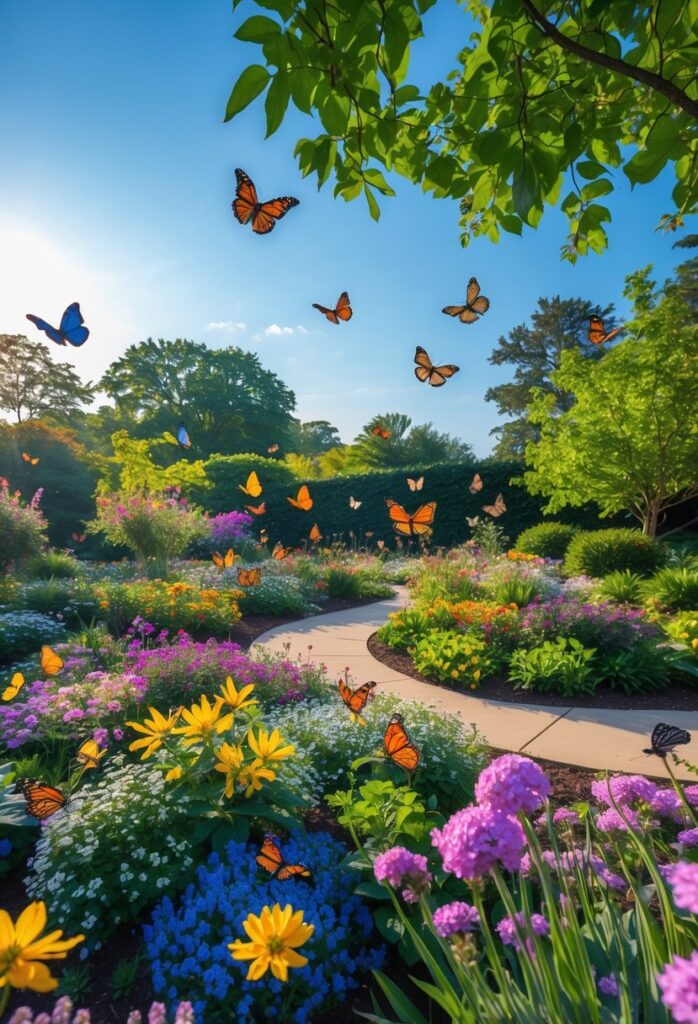
Powell Gardens in Missouri is known for its annual Festival of Butterflies. This event runs from mid-July to early August and draws visitors of all ages. They can see a variety of tropical and native butterflies in a beautiful outdoor setting.
The garden features a glass-domed conservatory where guests get close views of exotic butterflies and moths. The displays include important plants that butterflies need, like milkweed and dill. Visitors also learn how to support native butterflies in their own backyards.
Powell Gardens is open Tuesday through Sunday from 9:00 am to 5:00 pm. The festival is a popular family event in the Kansas City area. Guests can enjoy both the butterfly exhibits and the garden’s other plants and natural spaces.
More details about the festival can be found on the Festival of Butterflies at Powell Gardens page.
15) Volcano Butterfly Gardens, Costa Rica
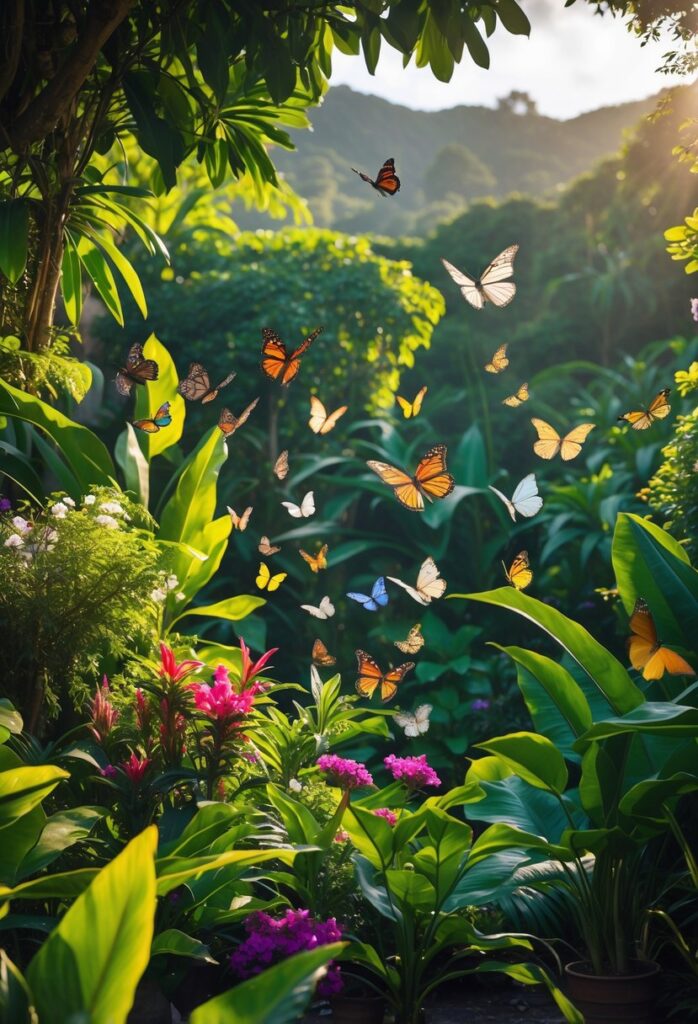
Volcano Butterfly Gardens is located near the Arenal Volcano. It features large, enclosed habitats that closely mimic the natural environment of tropical butterflies. Visitors can see many butterfly species and learn about their life cycles up close.
The gardens also focus on rainforest conservation and education. They display various insects, frogs, and plants native to the area. This makes it a good place to explore local biodiversity.
Visitors enjoy guided tours that explain butterfly metamorphosis and the importance of protecting tropical habitats. The garden serves both as an exhibit and a research center for nature preservation.
This site provides a quiet, natural space for anyone interested in butterflies and rainforest creatures. Information about Volcano Butterfly Gardens can be found at the Arenal Butterfly Garden – Natura Eco Park Costa Rica website.
16) Wing Haven Garden and Bird Sanctuary, North Carolina
Wing Haven Garden and Bird Sanctuary is located in Charlotte, North Carolina. It covers about three acres and includes a variety of plants, trees, and flowers designed to support local wildlife.
The garden is a peaceful place that attracts many bird species. It also serves as a sanctuary for other wildlife, making it a good spot for nature lovers and butterfly watchers.
Visitors can explore three public gardens filled with herbs, topiaries, and natural features. The space encourages quiet observation of birds and butterflies in a natural setting.
Wing Haven was created in 1927 by Elizabeth and Edwin O. Clarkson. Since then, it has remained a place for reflection and study of nature.
The garden is open Wednesday through Saturday from 10 a.m. to 5 p.m. It provides a calm environment to enjoy seasonal blooms and observe butterflies that visit the plants. More details can be found on the official Wing Haven Gardens website.
Planning and Designing a Butterfly Garden
Successful butterfly gardens depend on the right combination of plants, location, and habitat features. Careful choices in these areas help attract butterflies and support their life cycle.
Choosing the Right Plants
Butterflies need nectar-rich flowers and host plants where they can lay eggs. Native plants work best because local butterflies are adapted to them.
Some popular choices include Gregg’s Blue Mistflower, which thrives in many conditions like sun or shade. It attracts many butterfly species and handles drought well.
Include a mix of perennials for long-lasting blooms and annuals for seasonal color. Host plants like milkweed are crucial for species like monarchs.
Plant flowers in clusters and use a variety of colors like purple, red, and yellow to attract different butterflies. Avoid plants treated with pesticides.
Selecting Garden Locations
Butterflies prefer sunny spots sheltered from strong wind. A location receiving at least six hours of sun daily is ideal.
Position plants where butterflies can rest and feed safely. Borders, curves, or near your home’s windows help create visible, accessible gardens.
Water sources, like shallow dishes with wet sand, in a well-drained area encourage visits. Avoid spots prone to standing water or heavy shade.
Consider the garden size and shape to fit your space and butterfly goals. A simple rectangular bed or a curved border can work well depending on your yard.
Creating a Sustainable Habitat
To support butterflies year-round, the garden must offer food, shelter, and safe breeding spots.
Adding leaf litter and fallen branches provides hiding places for larvae and pupae. Mulching helps keep soil moist and warm.
Avoid chemical fertilizers and pesticides that harm butterflies and other pollinators. Instead, use organic compost and natural pest controls.
Plant diversity encourages a balance of insects and reduces the risk of disease. Rotate plants or replace annuals to keep blooms throughout the seasons.
Including host plants alongside nectar sources creates a healthier habitat that meets all butterfly needs.
For detailed design tips, see How to Design a Butterfly Garden: A Complete DIY Guide.
Butterfly Species Commonly Attracted
Many butterfly gardens attract a variety of species by offering the right plants and environment. Different butterflies prefer specific plants for nectar and to lay eggs. Knowing which ones are common helps gardeners choose the best flowers and host plants.
Native Butterfly Varieties
Common native butterflies include Monarchs, American Painted Ladies, Black Swallowtails, and Giant Swallowtails. Monarchs are famous for their bright orange wings and rely on milkweed as a host plant for their caterpillars.
Black Swallowtails often use parsley, dill, and fennel. Painted Ladies are less picky but like pussytoes and pearly everlasting. Giant Swallowtails feed on plants from the citrus family.
Non-native species like Cabbage Whites can also appear but may compete with native types. A mix of nectar-rich flowers like sunflowers and passionflowers can attract these butterflies.
Understanding Butterfly Life Cycles
Butterflies go through four stages: egg, caterpillar (larva), chrysalis (pupa), and adult. Gardeners should include host plants because caterpillars need specific leaves to eat.
Adult butterflies rely on flowers for nectar for energy. Providing both types of plants ensures the butterfly can complete its life cycle in the garden.
For example, passionflower vines can host caterpillars, while sunflowers provide nectar for adults. This combination supports butterfly growth and helps maintain their populations.
Frequently Asked Questions
Butterfly gardens need the right mix of plants, design, and care to attract butterflies successfully. Proper setup and maintenance help keep the garden healthy and vibrant. Visitors should also plan their time for butterfly garden exhibits to fully enjoy the experience.
How to choose plants that attract butterflies for a zone 5 garden?
In zone 5, select native plants that can survive cold winters and bloom in warm months. Examples include milkweed for monarchs and purple coneflower for nectar. Host plants like violets or parsley support caterpillars, while nectar plants provide food for adult butterflies.
What essentials are needed for a successful butterfly dinnerware setup?
Butterfly dinnerware needs plates, cups, and serving pieces with butterfly designs. Durable materials like porcelain or stoneware work well to match both everyday use and special occasions. Coordinating colors with the butterfly patterns enhances the overall look.
How can you incorporate the Mikasa Butterfly Garden design into your dining decor?
The Mikasa Butterfly Garden design uses soft pastels and intricate butterfly details on glass or china. It fits well with floral tablecloths or simple napkins to let the design stand out. Mixing this dinnerware with solid-colored pieces keeps the table balanced.
What are the best practices for maintaining a butterfly garden?
Regular watering, especially during dry spells, is essential. Avoid pesticides to keep butterflies safe. Deadhead flowers to encourage more blooms and remove weeds to reduce competition. Mulching helps retain moisture and keeps soil temperatures steady.
How long does it typically take to tour a butterfly garden exhibit?
Visits to Butterfly Wonderland in Scottsdale or the Callaway Gardens Butterfly Center in Georgia usually take between one to two hours. This allows enough time to observe different butterfly species and learn about their life cycles without rushing.
What are common mistakes to avoid when creating a butterfly habitat in your garden?
Using only nectar plants without including host plants can disrupt the butterfly life cycle. Overusing chemicals harms butterflies and caterpillars. Planting non-native species that don’t support local butterfly species reduces effectiveness. Avoid placing the garden entirely in shade; butterflies prefer sunny spots.
